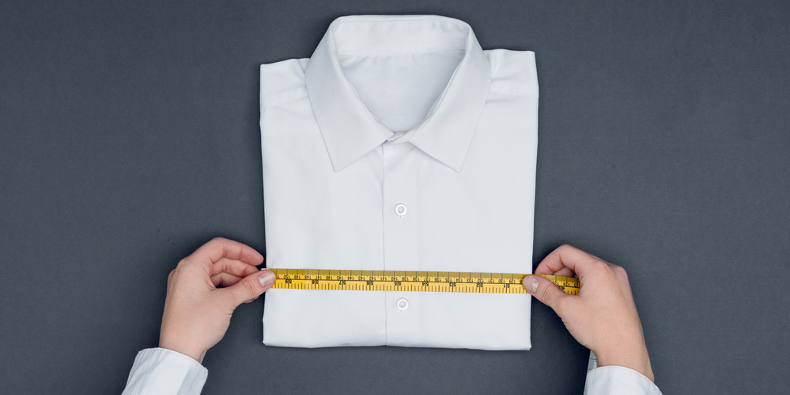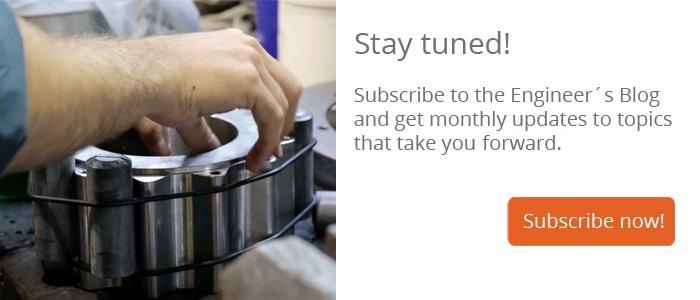General Measurement Technology & its Historical Development

Measuring processes unconsciously cross our daily paths more often than we are aware. Whether it is about scooping coffee for the coffee maker, the temperature of the coffee or the speedometer in a car - we encounter measurement technology everywhere. But, what is “measuring”?
A well suited definition is given here: “Measurement enables us to make statements about a measured parameter in relation to a unit of measurement”. Measurement technology allows the determination of parameters such as length, mass, temperature etc.
History of Measurement Technology
Over time, essential findings have been gathered by the development and history of measurement technology. As a result, the design and production of components have been further optimized. One of the first definitions of parameters dates back to 7000 B.C., when the length of a foot was defined for the first time – from the big toe to the heel.
In 1860, the German Bundesrat (Federal Council) proposed the introduction of a standardized system of measurement. In 1960, the International System of Units ‘SI’, which derived from the French "Système International d'Unités". These are the basic units defined by the SI:
| meter (m) | unit of length |
| kilogram (kg) | unit of mass |
| second (s) | unit of time |
| ampere (A) | unit of electric current |
| kelvin (K) | unit of thermodynamic temperature |
| mole (mol) | unit of amount of substance |
| candela (cd) | unit of luminous intensity |
The definition of these basic units needs to be constantly adapted to the current state of the art.
Tolerance and Measuring Accuracy
Tolerance refers to the variation from a standard value. Nowadays it is very important that components are exchangeable. The tolerance gives the lower and upper limits (-/+) permissible for a component. For this, a measurement must be correct. Measuring systems that work precisely – i.e. with a high measuring accuracy – are able to obtain very accurate results.
Differences in measured values
Different measurements of the same actual value always result in different measured values. The variation from the actual value is referred to as measurement error. These measurement errors can have different causes which need to be identified first. Measurement errors may originate from the following three sources.
The cause lies in the measuring system:
Wear or other disturbing factors may have caused the measurement error. Periodic maintenance and the replacement of consumable components prevent measurement errors.
The cause lies with the user:
Incorrect handling of the measuring system or false reading of the values can also cause errors. Education and trainings on the use of the measuring system are essential for all employees in the field of measuring technology.
The cause is attributable to environmental conditions:
The temperature conditions play a vital role while measurements are being performed. Materials react differently to temperatures which may result in measurement errors.
There are many different measuring methods and techniques which will be presented in detail in a separate blog article.
Sources
- Springer Gabler Verlag (publisher), Gabler Wirtschaftslexikon, Keyword: Internationales Einheitensystem (SI), online version
- Keyence.de
- Uni-Frankfurt.de
- Maschinenbau.de


Comment